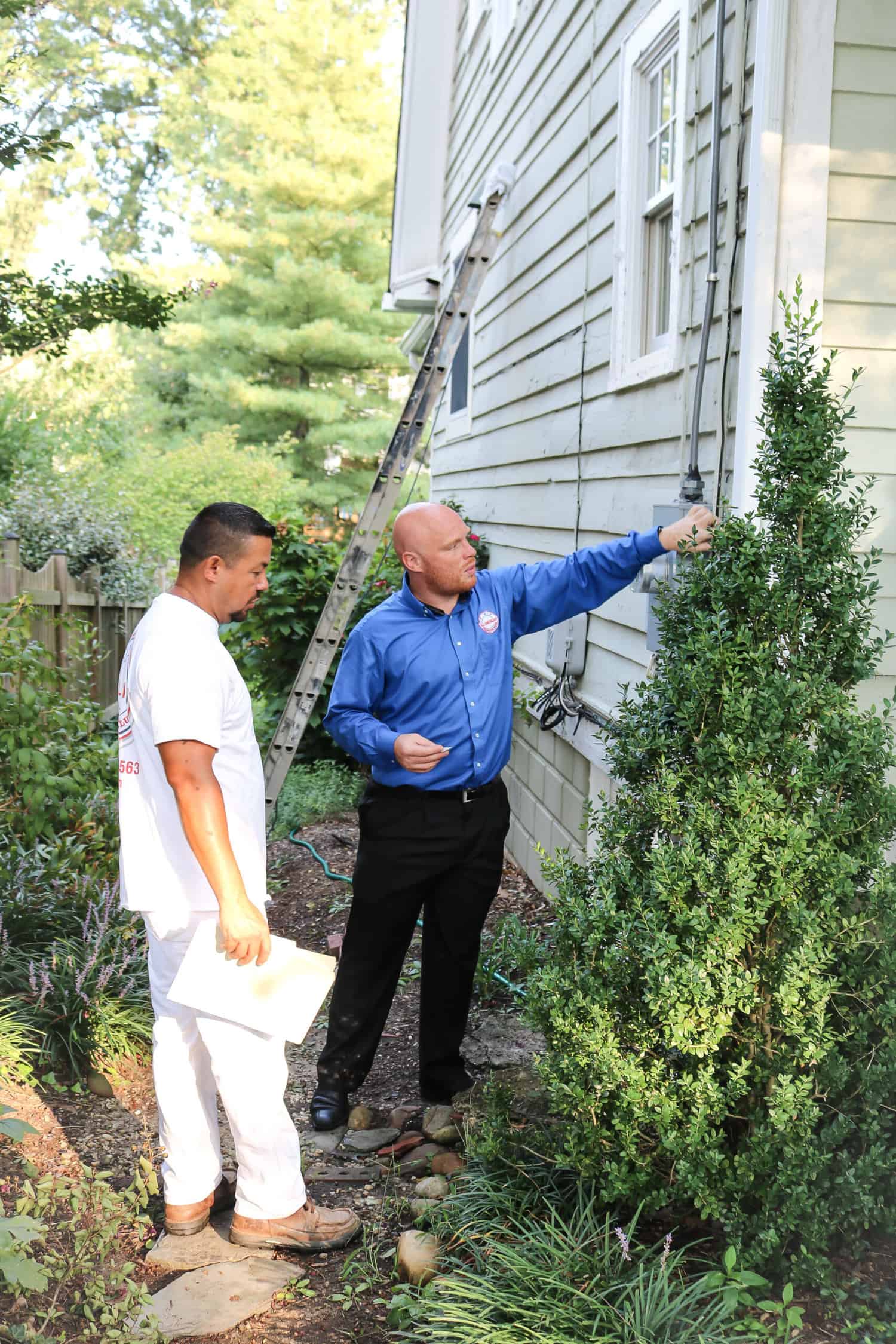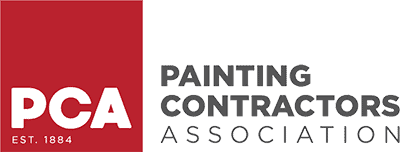So you want to give your home in Reston, VA a new look with a fresh coat of paint. Here’s the big question that homeowners usually have in their minds: Is it cheaper to hire a painter or break out the brushes yourself? DIY seems like the obvious money-saver, but is it really?
Let’s dig into the real costs so you can make the smart choice for your home and wallet. Here’s what you’ll learn from this blog post:
Key Takeaways
- Learn the true cost of DIY painting versus hiring a professional so you can make the most cost-effective decision for your project.
- Discover common DIY painting pitfalls and how professional painters ensure smooth, long-lasting results.
- Get a clear breakdown of what affects the cost of professional painting, helping you compare quotes with confidence.
- Learn when DIY is a great option and when hiring a pro will save you time, stress, and hassle.
The DIY Route: Not As Cheap As You Might Think

When most people consider painting their own place, they’re usually just thinking about saving on labor costs. But there’s a lot more to it than that.
What DIY Really Costs You
If you’re going the DIY route, your shopping list gets long pretty fast:
- Paint and primer (obviously)
- Brushes, rollers, and trays
- Drop cloths to protect your floors
- Painter’s tape for clean edges
- Sandpaper for smooth prep
- Spackle and putty knife for wall repairs
- A decent ladder or scaffolding
Before you know it, you’re dropping $200-300 just on supplies. And if you don’t already have basics like a good ladder or quality drop cloths? That number climbs even higher.
Your Time Matters Too
Let’s be real about the time commitment here. Painting isn’t just slapping color on walls. You’re looking at:
- Moving furniture and covering what can’t be moved
- Washing walls and fixing imperfections
- Taping all those edges (which takes forever)
- Priming where needed
- Applying multiple coats
- Cleaning up the inevitable mess
- Touching up all the spots you missed
Even a small room can eat up your entire weekend. If you’re squeezing it in around work and family, you might be looking at a project that drags on for weeks. And if you’re taking time off work to paint? Well, that’s money walking out the door.
When DIY Goes Wrong
Without some practice, you might end up with:
- Obvious brush marks or roller patterns
- Patchy, uneven coverage
- Drips that dried before you caught them
- Paint bleeding under your tape
Fixing these issues means more time and more money—sometimes even starting over from scratch.
Hiring a Pro: What Are You Really Paying For?

Sure, professional painters aren’t cheap. But there’s a good reason for that price tag.
Beyond Just Applying Paint
When you hire professionals, you’re not just paying someone to roll paint on your walls. You’re getting:
- People who know exactly how to prep different surfaces
- Efficiency that turns your week-long project into a day or two
- Access to better-quality paints that often aren’t sold at retail
- All the right equipment without you having to buy or rent it
- Insurance and warranties if something goes wrong
- Safety expertise for those tricky high ceilings or exterior work
What Determines the Cost of Your Professional Painting Project?
Understanding what goes into your painting estimate helps you make informed decisions and recognize the value you’re receiving. Here’s a breakdown of the key factors that influence the cost of professional house painting:
Square Footage and Project Scope
- Total area to be painted: Larger spaces naturally require more materials and labor
- Number of rooms or surfaces: More individual areas mean more prep and transition work
- Height and accessibility: Vaulted ceilings, stairwells, and hard-to-reach areas increase complexity
- Additional surfaces: Trim, doors, cabinets, and ceilings all add to the overall project scope
Surface Condition and Preparation
- Current state of surfaces: Walls with damage, peeling paint, or stains require extensive prep
- Texture and material: Different surfaces (drywall, plaster, wood, metal) demand specific approaches
- Color transition: Going from dark to light colors often requires additional coats
- Repairs needed: Fixing holes, cracks, water damage, or other issues adds to both time and materials
Paint Quality and Specifications
- Paint grade: Premium paints cost more upfront but often provide better coverage and longevity
- Sheen selection: Higher sheens (semi-gloss, gloss) typically cost more than flat or eggshell
- Specialty finishes: Textured effects, faux finishes, or decorative techniques increase costs
- Primer requirements: Some projects require specific primers for proper adhesion and results
Labor and Expertise
- Experience level: Highly skilled painters with years of experience command higher rates
- Team size: The number of painters assigned affects project timeline and cost
- Regional labor rates: Painting costs vary by location based on local wage standards
- Technical complexity: Intricate details, custom work, or challenging spaces require specialized skills
Additional Considerations
- Season and timing: Peak seasons (spring/summer) often come with premium pricing
- Project urgency: Rush jobs typically cost more to accommodate schedule adjustments
- Furniture moving: Services to relocate and protect your belongings may be included or extra
- Cleanup standards: Thorough post-project cleanup should be included but varies by company
By understanding these factors, you can better evaluate painting quotes and recognize why estimates may vary between companies. The lowest bid isn’t always the best value—considering the quality of materials, thoroughness of preparation, and skill of the painters is essential for long-lasting results.
When Should You DIY?
DIY painting makes sense when:
- You’re just doing a small project like a single wall
- Your budget is truly tight and labor costs aren’t an option
- You have plenty of time to take it slow
- You’ve painted before and know what you’re doing
When to Call the Pros
Getting professional help is smart when:
- You’re painting the whole house or tackling ornate trim work
- You need it done quickly
- You’re dealing with an older home that needs special preparation
- You’re painting exteriors (which is trickier and riskier)
- You want specialty finishes or designs
Bottom Line: Is it Cheaper to Hire a Painter?
So what’s the verdict?
DIY is cheaper on paper but comes with hidden costs—the supplies, your valuable time, and potential do-overs.
Hiring professionals costs more upfront but saves headaches, time, and often delivers results that last longer.
If you want quality results without the stress, a professional painter is probably worth every penny. If you enjoy hands-on projects and have the time to spare, DIY can be rewarding both personally and financially.
Need a Professional Painter in Reston, Virginia?
At All American Painting Plus, we make the painting process effortless from start to finish. Here’s what you can expect when you work with us:
✅ Free Consultation – We take the time to understand your vision, discuss your goals, and provide expert insights.
✅ Tailored Guidance – Our team helps you choose the perfect colors and finishes to bring your ideas to life.
✅ Flawless Execution – From thorough prep work to meticulous cleanup, we handle every step with precision and care.
✅ Guaranteed Quality – Your satisfaction is our priority, and we won’t consider the job done until you love the results.
Proudly serving Reston, Vienna, Warrenton, and surrounding areas, we’re here to deliver professional painting with zero stress. Call us today at (703) 686-8988 for your FREE estimate!











